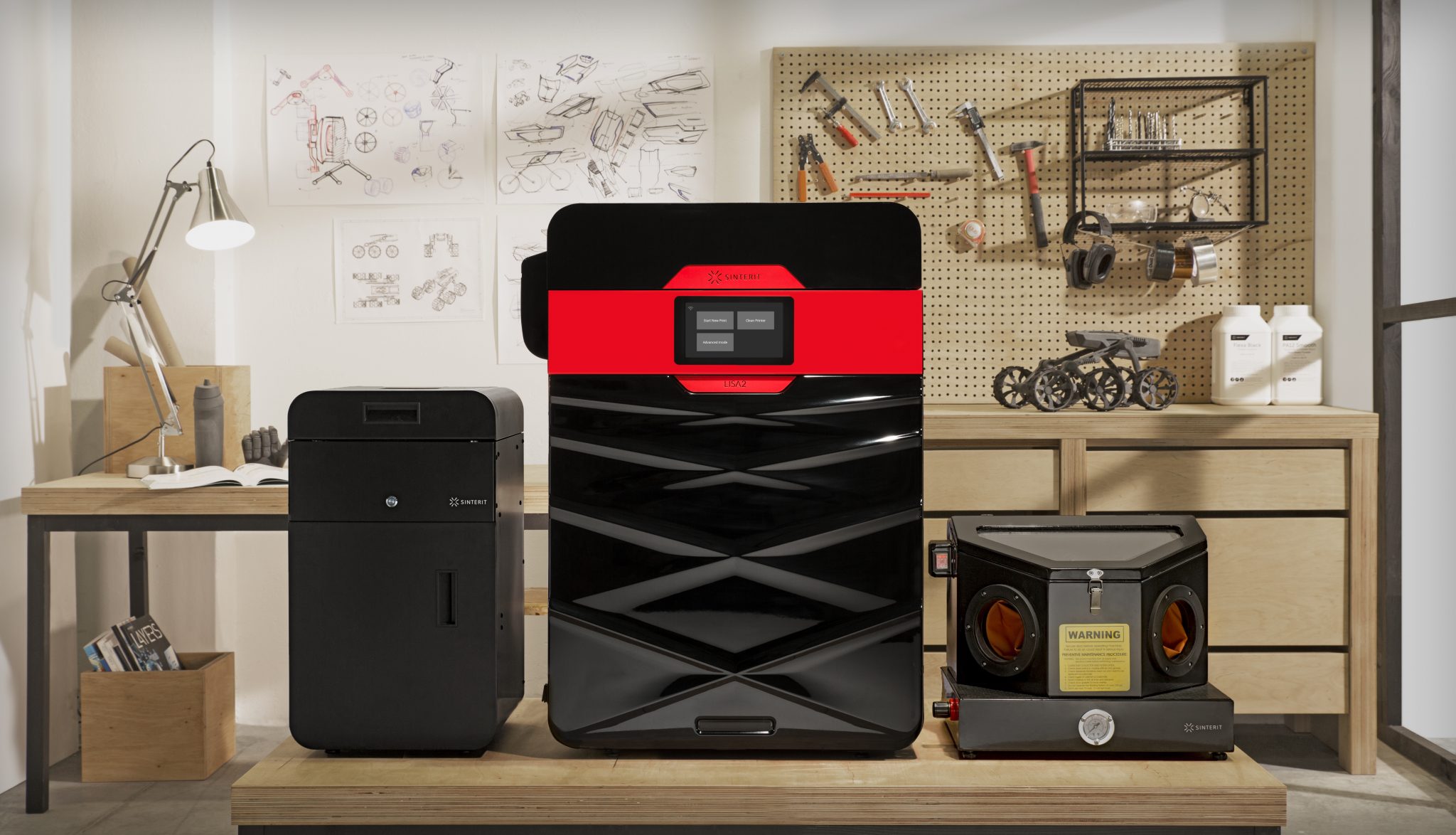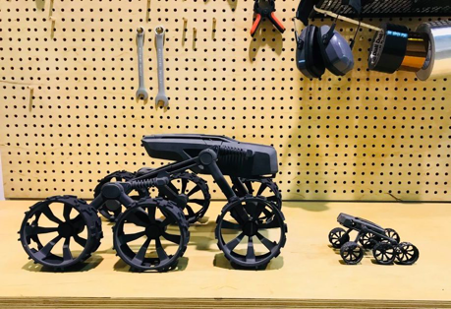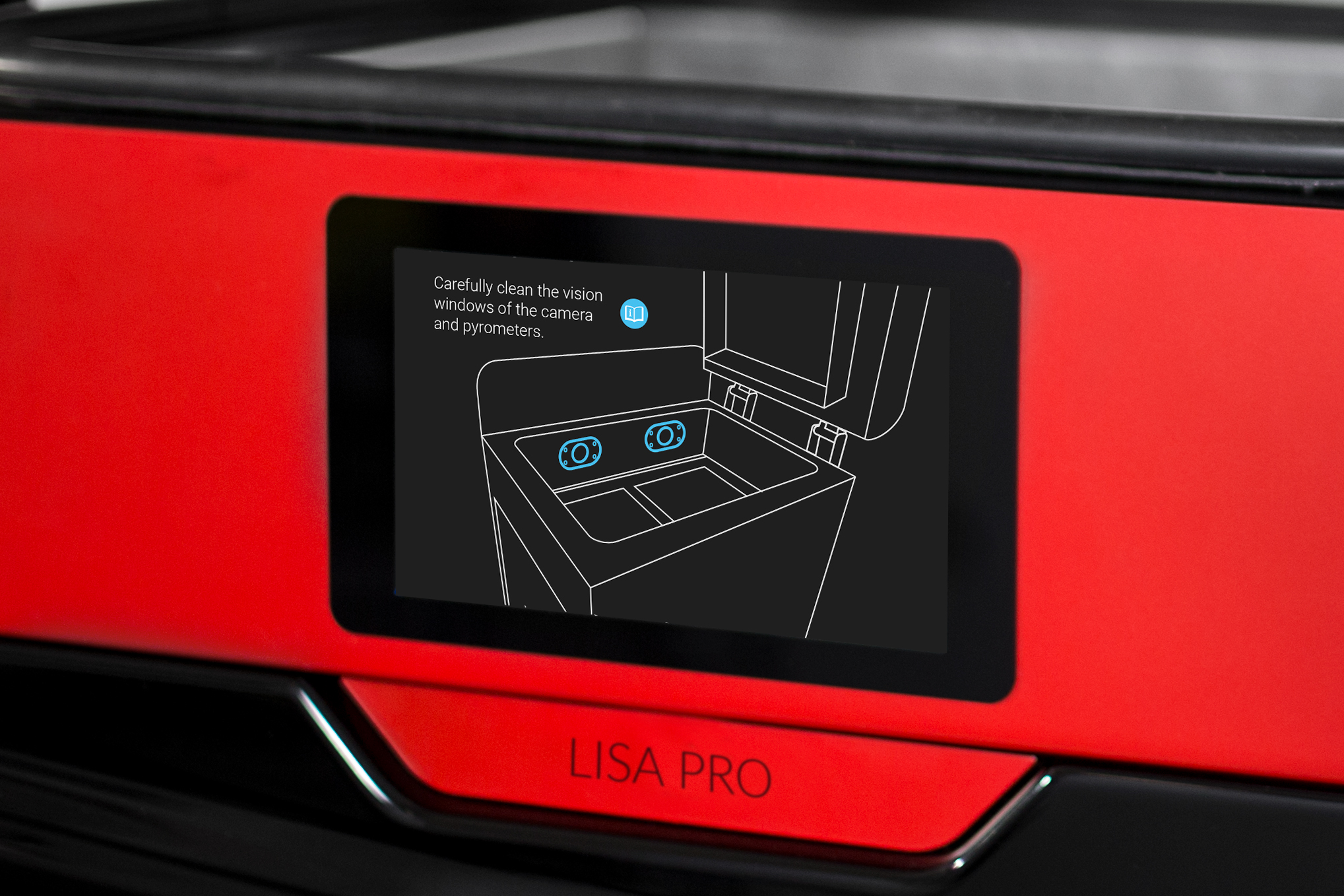As lockdowns begin to lift around Europe, the world is already weighing up how post-COVID manufacturing will look.
According to Polish 3D printer manufacturer Sinterit, the new business landscape will require flexibility rather than outright change from 3D printing companies. Moreover, history has shown that crisis has often been the catalyst for innovation. That’s why Sinterit is embracing the ‘new normal’ and developing its printing solutions to address it’s customer’s needs for fast, flexible, and cost-effective services and systems.
“The Lisa PRO offers a quality of print that matches the performance of industrial SLS printers,” said Max Polesello, CEO of Sinterit. “At the same time, it is smaller, easier to install and operate, faster to clean, and change its materials. The Lisa PRO makes SLS technology accessible to all professionals and educational institutions when, in the past, it was reserved for a niche.”

Increasing adoption of Sinterit 3D printing
Headquartered in Krakow, Poland, Sinterit has a history of providing SLS 3D printing solutions in the industry, starting with the launch of its first desktop 3D printer in 2015, the Lisa. The 3D printer featured a large build volume of 150 × 200 × 150 mm (5.9 × 7.9 × 5.9 in) and a built-in camera, which enabled users to check up on objects during printing.
This was followed by a series of collaborations designed to extend the company’s SLS printing technology reach. Supported by €1.1 million raised in a rights issue with German prototyping service FIT AG, Sinterit established a partnership with the industrial additive manufacturing and design software tool company, Autodesk Netfabb. The deal made Autodesk’s user-friendly software available to Sinterit customers while acting to reduce its costs and advance AM at the same time.
Later that year, Sinterit worked with designer Bartłomiej Gaczorek to design a custom fitting exoskeleton for children with SMA (Spinal Muscular Atrophy). Gaczorek CAD modeled the exoskeleton using Autodesk’s Fusion 360 3D design software, and 3D printed it on a Sinterit Lisa desktop SLS 3D printer. The company’s Lisa systems have also been used to produce custom-made 3D printed face masks, and later in 2018, as part of a case study advocating the use of its systems to print firefighting equipment.
The SLS specialist has launched two further iterations of its 3D printers: the LISA 1.5 and the Lisa PRO. Developed on the same user-friendly basis as the first generation of Sinterit 3D printers, the Lisa PRO is an affordable 3D printing solution that is well-suited to industrial applications.
Featuring a larger volume, software improvements, and optional inert gas control, the Lisa PRO is the most advanced system produced by the company to date. Now Sinterit encourages customers to review their production processes in the post-pandemic world and consider if a Sinterit solution could provide the additional flexibility they now require.

Industry 4.0, The Lisa Pro and Sinterit
For 3D printing customers, their demands remain the same as before the European-wide lockdown. Designing, prototyping, and manufacturing remain core customer needs, but now additional agility and the ability to start, stop, or change the prototyping process is also essential to companies in a more dynamic and changeable business climate.
In this new manufacturing environment, customers need a solution which will, step by step, lead them from a concept to the final part, from beta-version to manufacturing-ready product. The ideal 3D printer must also be relatively fast, affordable, and readily available, with dedicated peripheral devices and software to manage it.
Enter the Lisa PRO. Affordable enough to be in the range of any small or mid-size company, and those looking closely at their investment expenses during the crisis, the system is compatible with several materials. From the rigid PA12 and PA11 materials to the flexible series of TPU powders and ready to be waterproof TPE, Sinterit’s Lisa 3D printers represent an increasingly accessible 3D printing solution.

Universities such as Krakow-based AGH University of Science and Technology, have also utilized the budget-minded Lisa 3D printers as a tool for teaching students. The Lisa’s easy-to-use interface lowers the bar to entry and allows users to 3D print with only 1-2 liters of powder. As a result, apprentice engineers can experiment with their designs, without the wastage and costs associated with excessive material consumption.
The Lisa PRO itself is capable of manufacturing parts with complex inner geometries, and components that can be difficult to achieve using other methods. Moreover, these parts have been utilized within various industries, ranging from “automobiles to product design and medical research to RC model parts,” showing the 3D printer’s increasingly broad appeal.
According to Sinterit, the system provides all the benefits of an industrial SLS 3D printer, but in a smaller package. This makes it simpler to change materials during production, easier to operate, and faster to clean. When utilized within prototyping applications, the speed of the Lisa PRO enables customers to be flexible and change direction when needed. Additionally, by conducting their own prototyping activities, Lisa PRO users reduce reliance on third parties to manage this process for them, making the whole supply chain more secure.
While Sinterit’s SLS technology provides freedom of design, precision, and a durable final product, the rest can be accomplished using the company’s set of dedicated accessories. Its ATEX Vacuum cleaner and two sandblasting units, make it easier to post-process printouts, clean the printers, and recover unsintered powder for other printing jobs. These solutions make the whole 3D printing process fast, easy, and economical. The perfect antidote to the supply changes and delays in deliveries of important components caused by the COVID-19 pandemic.
You can now nominate for the 2020 3D Printing Industry Awards. Cast your vote to help decide this year’s winners.
The fourth edition of the 3D Printing Industry Awards Trophy Design Competition is now underway. Enter your design for the chance to win a CraftBot Flow 3D printer.
To stay up to date with the latest 3D printing news, don’t forget to subscribe to the 3D Printing Industry newsletter or follow us on Twitter or liking our page on Facebook.
Are you looking for a job in the additive manufacturing industry? Visit 3D Printing Jobs for a selection of roles in the industry.
Featured image shows Sinterit’s current lineup of 3D systems. Image via Sinterit.



